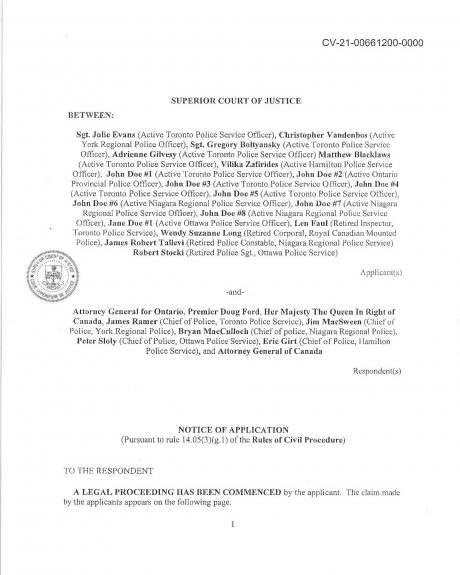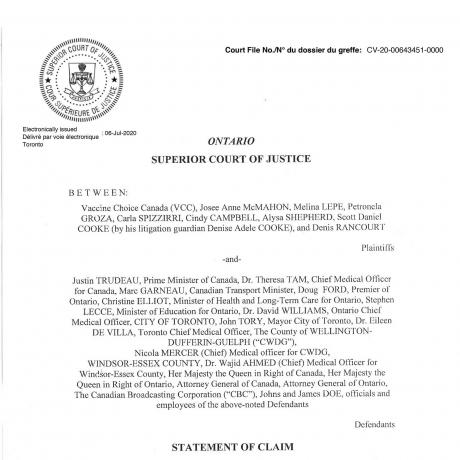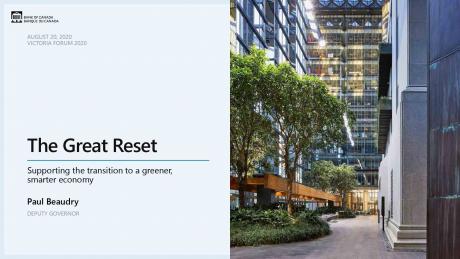Good faith and bad faith are principles that refer to the intentions of a person or entity when engaging in an action. Good faith is defined as acting with honesty, fairness, and trustworthiness. Bad faith is defined as acting with dishonesty, unfairness, and untrustworthiness. In American constitutional law, these principles are not explicitly mentioned but they can be inferred from the language of the Constitution and its interpretation by courts. For example, the Fifth Amendment’s Due Process Clause requires that government action be taken in good faith and without malice or bad intent. Similarly, the First Amendment’s Free Speech Clause has been interpreted to protect speech made in good faith even if it offends some people. Thus, while good faith and bad faith may not be explicitly mentioned in American constitutional law, they are implicit in its interpretation.
Part I begins by introducing the concept of bad faith and situating it within the broader context of constitutional interpretation. It then turns to a doctrinal analysis, exploring how courts have addressed bad faith in constitutional contexts. Part II examines the role of bad faith talk in extrajudicial discourse, focusing on popular and governmental commentary about constitutional interpretation. Part III considers the implications of this inquiry for our understanding of constitutionalism.
- Part I provides necessary context by sketching the role played by good faith and bad faith in private law and international law. Although the concept of bad faith can be slippery, its core meanings are fairly consistent throughout the law and center on dishonesty, disloyalty, and lack of fair dealing. This Part also introduces the philosopher Jean- Paul Sartre’s famous notion of bad faith, which emphasizes not deception of others (or what lawyers call subjective bad faith) but rather deception of self. The line between subjective bad faith and Sartrean bad faith, this Article submits, is likely to prove especially unstable in constitutional law — which makes the turn to Sartre more fruitful and less fanciful than it might seem.
 - Part II takes up the question of why the principle of bad faith has been marginalized in significant swaths of constitutional doctrine, from Commerce Clause legislation to interstate compacts to traffic stops. The principle has made greater inroads in “rights†cases. Judges apply it explicitly when reviewing certain allegations of individual officer misconduct and implicitly in various other areas, as when they entertain claims of impermissible discriminatory motive. But these inroads are discrete and contested; even on a charitable construction, they do not place the principle in anything like the position that it occupies throughout much of private law and international law. Recent efforts by President Obama’s critics to formulate a duty of good faith under the Take Care Clause — which on its face demands “faithful[]†execution of the laws — only underscore the persistence of constitutional exceptionalism when it comes to confronting bad faith. Possible explanations for bad faith’s relatively low profile in structural case law, this Part posits, include the unique degree to which judicial discretion is feared and constrained in constitutional decisionmaking, and the unique degree to which constitutional theory embraces institutional opportunism and methodological pluralism.
 - Part III moves beyond adjudication to consider how bad faith manifests itself in other sites of constitutional practice. Drawing on common understandings of bad faith as well as a range of contempo- rary controversies, it offers a taxonomy of constitutional bad faith meant to capture both ideal types of the phenomenon and these types’ contingent connections to specific actors. The notion of constitutional bad faith as divided loyalty to the canonical document, for instance, is now associated with “living constitutionalism†and the political left, whereas the notion of constitutional bad faith as agency-denying self-deception is more associated with originalism and the political right. This taxonomy enables us to see, among other things, that insinuations of bad faith are not extraordinary but pervasive in American constitu- tional discourse and that the language of constitutional outrage has a coherent normative structure. Even as bad faith talk has been side- lined in constitutional doctrine, it has taken center stage in constitutional culture.
 - Part IV considers broader ramifications of these points in light of the Constitution’s place in American civil religion. Charges of constitutional bad faith, it contends, serve important psychological, political, and hermeneutic ends. They help to police the boundary between “on-the-wall†and “off-the-wall†arguments and thus to guide the process of constitutional construction. At the same time, by moralizing disagreement, these charges undermine the deliberation and trust needed to achieve constitutional compromise. The practical unamendability of the U.S. Constitution, furthermore, both reinforces and is reinforced by a culture of interpretive bad faith. The worry arises that there is no exit from this vicious circle.
In his article, “Constitutional Bad Faith,” David E. Pozen examines the concept of constitutional bad faith and its implications for constitutional law. He argues that constitutional bad faith is a form of legal reasoning in which actors use the language of the Constitution to advance their own interests while disregarding its underlying values. Pozen identifies three types of constitutional bad faith: instrumentalism, which involves using the Constitution as a tool to achieve political ends; formalism, which involves relying on technicalities to avoid addressing the substance of an issue; and cynicism, which involves using the language of the Constitution to mask one’s true intentions. He further argues that constitutional bad faith can lead to dangerous outcomes, such as undermining public trust in government and eroding respect for the rule of law. Finally, he suggests that courts should be more willing to recognize and reject arguments based on constitutional bad faith when they arise in litigation.
You may also like


